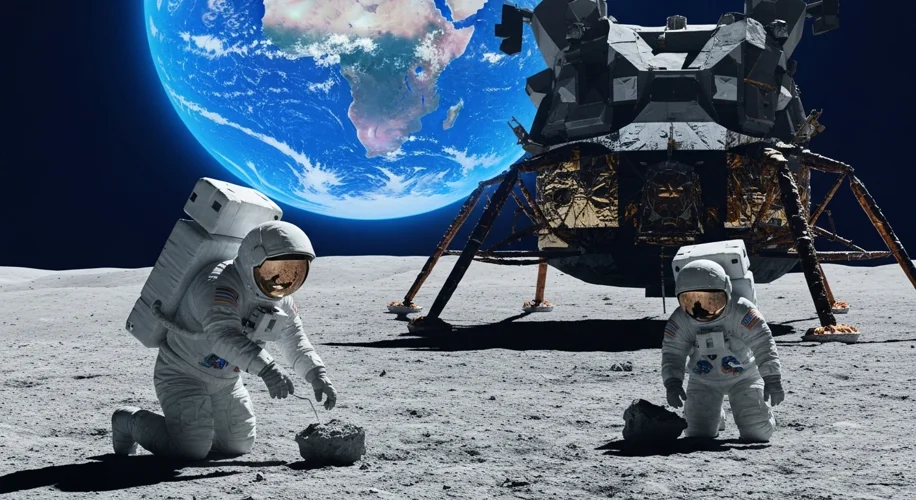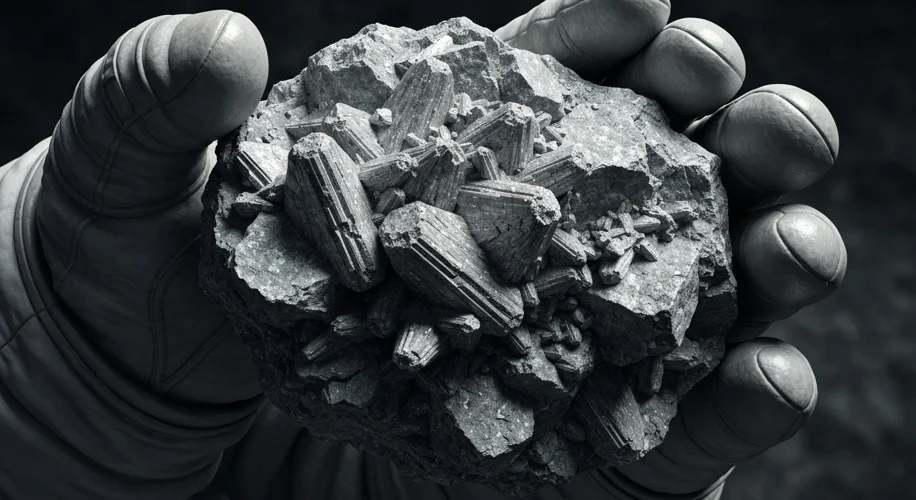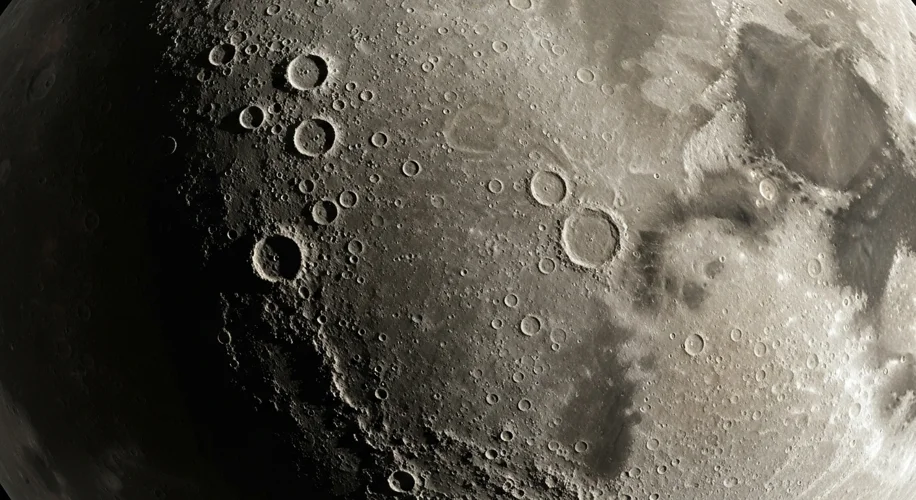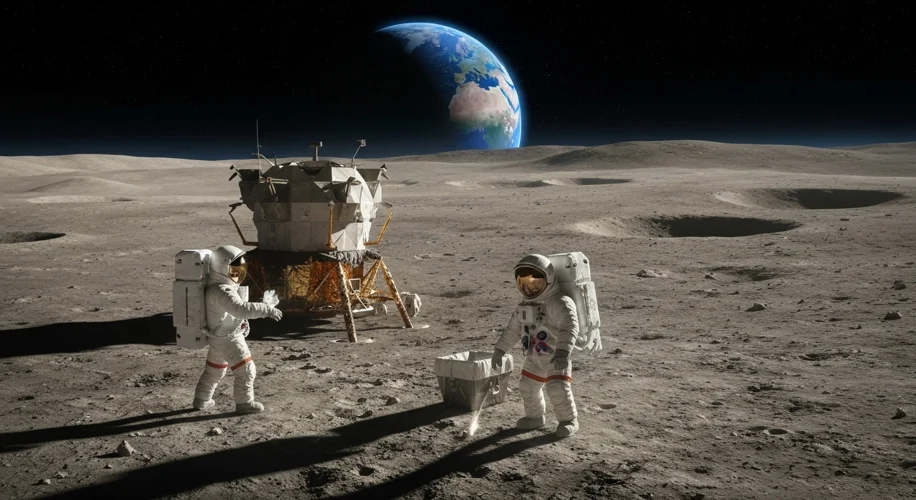In the annals of human exploration, few endeavors capture the imagination quite like the Apollo missions. Beyond the iconic footprints and the triumphant return of humanity to Earth, these daring journeys to the Moon unlocked a universe of geological secrets, fundamentally altering our perception of our closest celestial neighbor. The lunar surface, once a mysterious, untouched orb, was revealed to be a dynamic, ancient world, a silent testament to cosmic history.
Before the thunderous roar of the Saturn V rockets pierced the heavens, our understanding of the Moon was largely speculative, a canvas painted with theories ranging from captured asteroids to a piece of Earth flung into orbit. The prevailing scientific consensus, informed by telescopic observations and early spectral analysis, suggested a world either still molten or a dry, airless desert devoid of significant geological processes. It was a celestial body of profound mystery, a silent sentinel in the night sky.
The landscape changed dramatically with the advent of the Apollo program. From Apollo 11’s historic landing in 1969 to Apollo 17’s deep-dive geological expedition in 1972, twelve astronauts, armed with trowels, hammers, and an insatiable scientific curiosity, collected over 382 kilograms (842 pounds) of lunar rocks, core samples, and soil. These weren’t just rocks; they were time capsules, offering unparalleled insights into the Moon’s violent birth and subsequent evolution.
One of the most profound discoveries was the confirmation of the Moon’s volcanic past. The vast, dark plains that dominate the lunar near-side, visible from Earth as the “seas” (maria), were revealed to be ancient lava flows. These basaltic rocks, similar in composition to terrestrial volcanic rocks, indicated that the Moon once possessed an active interior, capable of producing colossal volcanic eruptions. The ages of these samples, meticulously dated back on Earth, painted a picture of a Moon that cooled much faster than Earth, with its most intense volcanic activity ceasing billions of years ago.

Furthermore, the analysis of lunar breccias – rocks composed of fragments of other rocks or minerals cemented together – provided evidence of a cataclysmic early solar system. These rocks were clearly the product of intense impacts, shattered and reformed by the relentless bombardment of asteroids and meteoroids. This bombardment was so severe that it left a lasting imprint on the lunar surface, creating the heavily cratered landscape we observe today. The sheer scale of these impacts suggested that the early solar system was a far more violent and chaotic place than previously imagined.
The composition of the lunar highlands, the brighter, mountainous regions, told a different story. Here, scientists found lighter-colored rocks, primarily anorthosites, rich in plagioclase feldspar. This discovery supported the giant-impact hypothesis, the leading theory for the Moon’s formation. This hypothesis posits that a Mars-sized protoplanet, dubbed Theia, collided with the early Earth about 4.5 billion years ago. The immense energy of this impact ejected a vast amount of molten material from both bodies into orbit around Earth, which eventually coalesced to form the Moon. The anorthosites, being less dense and more buoyant, are believed to represent the Moon’s primordial crust, formed as magma oceans cooled and differentiated.

The Apollo missions also revealed the Moon’s surprising internal complexity. Seismic data collected by seismometers left on the Moon by the astronauts indicated that the Moon is not a geologically dead world. It possesses a small, possibly partially molten core, a mantle, and a crust, much like Earth. The discovery of the Moon’s deep interior, including evidence of a tenuous magnetic field in its past, hinted at a more intricate geological history than initially conceived.
Beyond the rocks themselves, the astronauts’ observations and photographic records provided invaluable context. They documented the textures of the regolith (lunar soil), the stratigraphy of crater ejecta blankets, and the morphology of lunar features like rilles and lava tubes. This ground truth, combined with laboratory analysis, allowed geologists to construct a comprehensive narrative of the Moon’s formation and evolution.
The impact of these geological discoveries was profound. They not only revolutionized planetary science but also provided crucial comparative data for understanding Earth and other planets. The Moon, in essence, became a Rosetta Stone for deciphering the processes that shape rocky bodies throughout the solar system. It offered a window into the early history of planet formation, a history largely erased on Earth by plate tectonics and erosion.

Ultimately, the stunning astrogeology of the Apollo missions transformed the Moon from a passive, unchanging sphere into a dynamic geological laboratory. It taught us about the violent beginnings of our solar system, the processes of volcanic activity and impact cratering, and the fundamental mechanisms of planetary differentiation. The rocks brought back to Earth are more than just geological specimens; they are the enduring legacy of human ingenuity and a testament to the scientific revelations hidden within the silent, dusty expanse of the lunar surface.

